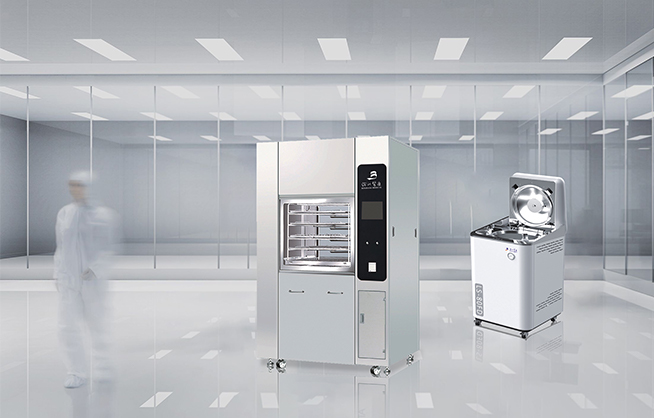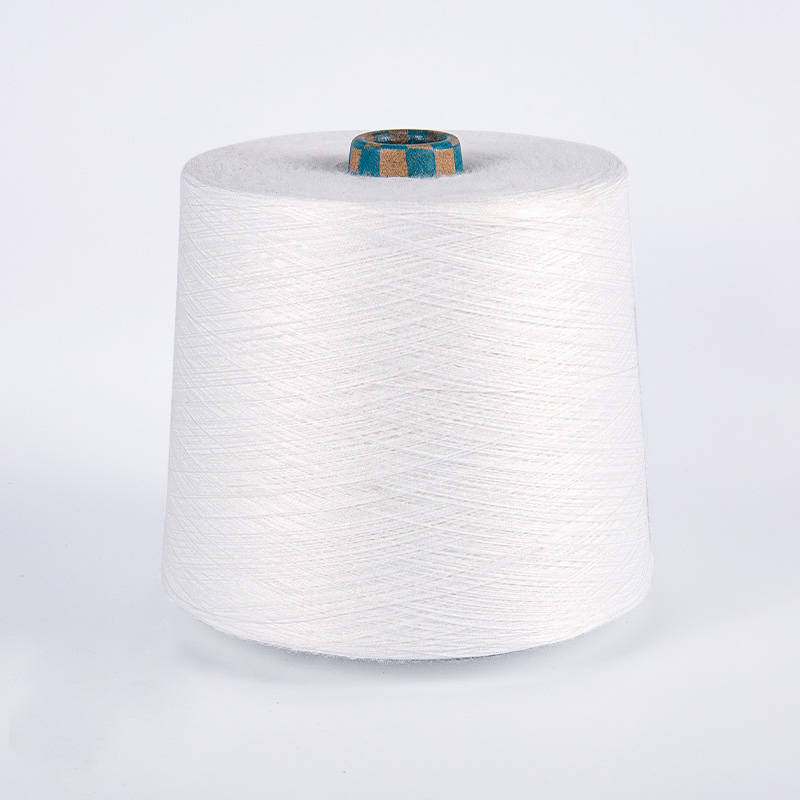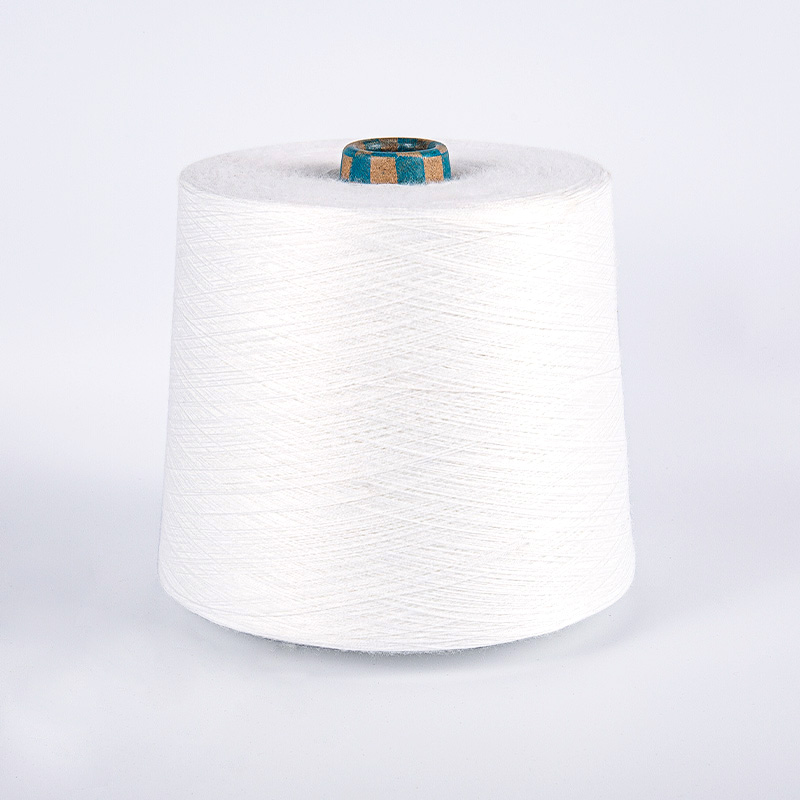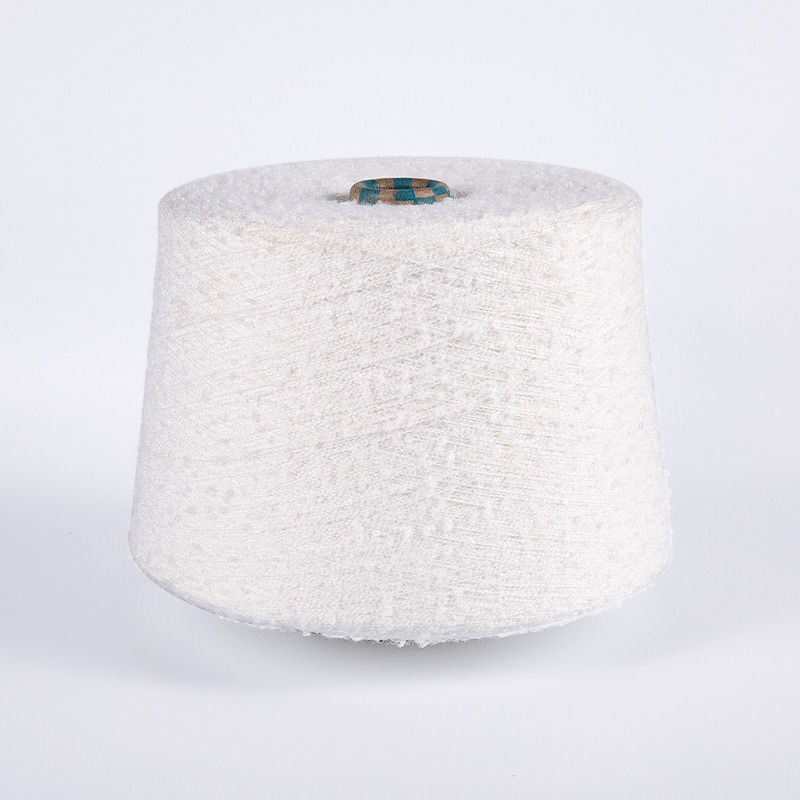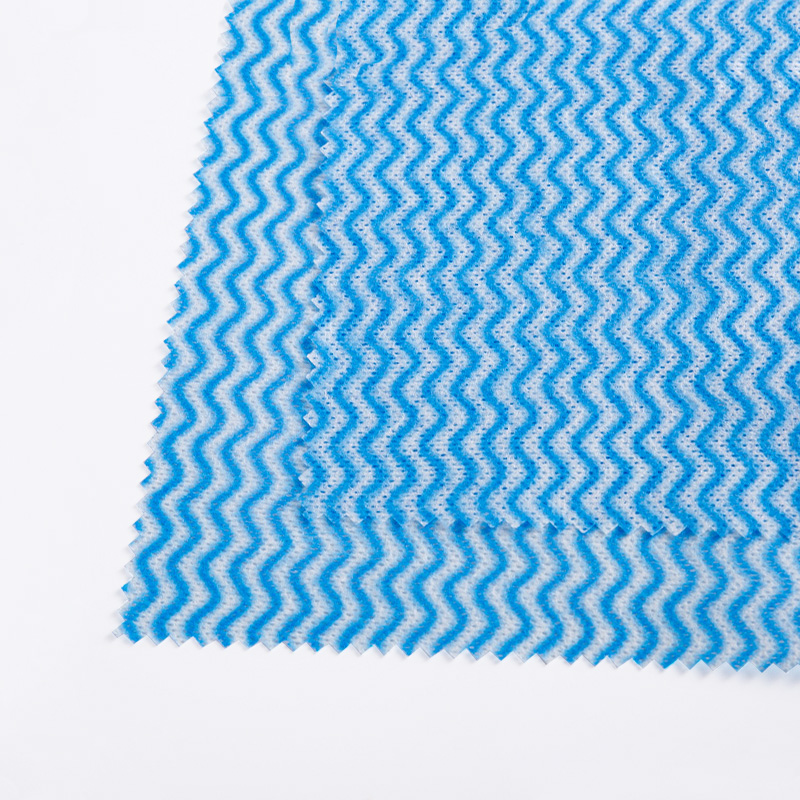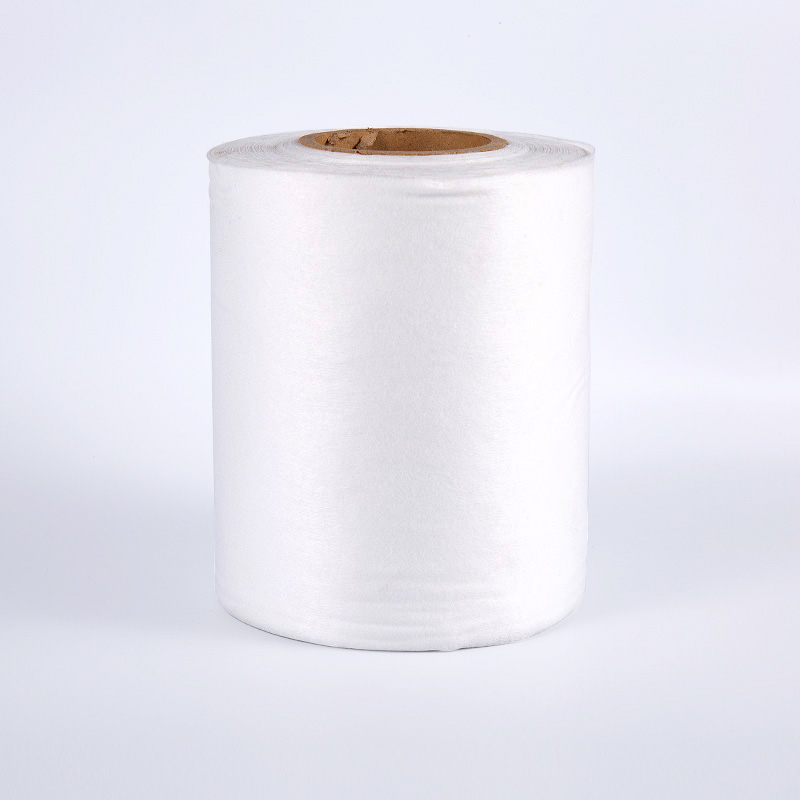
Sized Non-woven Fabric: The Path from Performance Advantages to Diverse Applications
Posted by Admin | 22 Aug
In the vast world of materials science, non-woven fabrics, with their unique properties and diverse applications, have become a valuable asset in numerous industries. Sized non-woven fabric, a key member of the non-woven fabric family, demonstrates its extraordinary appeal through its unique processing technology.
Unique Properties Lay the Foundation for Advantages
Sized non-woven fabric is a non-woven fabric that has been sizing. This small change imparts numerous unique properties to the non-woven fabric.
Sizing enhances the strength and abrasion resistance of non-woven fabrics. During the production process, the sizing agent is evenly applied to the fiber surface, creating a strong armor-like barrier that strengthens the fiber bond. This prevents the fibers from breaking or shifting under external forces, significantly extending the service life of the non-woven fabric. Whether subjected to frequent friction in industrial environments or repeated use in daily life, sized non-woven fabrics can easily withstand the frequent friction of industrial environments or demonstrate exceptional durability.

Sizing improves the smoothness and stiffness of non-woven fabrics. Unsized nonwovens may have uneven surfaces and wrinkles easily. However, sizing results in a smoother, more even surface and a stiffer texture. This characteristic excels in applications where appearance and form are crucial, such as high-end clothing linings and exquisite gift packaging, adding a touch of sophistication and refinement to products.
Sizing significantly impacts the water and liquid absorption properties of nonwovens. By selecting the appropriate sizing agent and sizing process, the hydrophilic properties of nonwovens can be adjusted. In applications requiring rapid absorption of liquids, such as wound dressings in the medical field and wet wipes in hygiene products, sized nonwovens can quickly absorb liquids, maintaining a dry surface and providing a comfortable and safe experience for users.
Fine Craftsmanship, the Core of Quality
The superior performance of sized nonwovens is inseparable from their meticulous production process. The entire production process is like a sophisticated symphony, with each step working in close coordination to create a symphony of quality. Common sizing processes include spraying, roller sizing, and foam coating. Spray sizing uses a mixer and humidifier to evenly apply a hydrophilic finishing solution or additive to the nonwoven surface. While the equipment is relatively simple and inexpensive, the sizing effect may be slightly inferior. Roller sizing utilizes a mixer and a sizing machine to evenly transfer the sizing material onto the nonwoven via a roller. This method offers better sizing results, allowing the sizing material to penetrate deeper into the fibers, but the equipment is more expensive and requires a larger footprint. Foam coating utilizes a foam generator and a sizing machine to first create a foam, then apply the foam evenly to the nonwoven surface via a blade coating. This method also achieves excellent sizing results, but the equipment complexity and cost are similar to those of roller sizing.
In actual production, companies carefully select the appropriate sizing process based on the specific product requirements and their own production conditions. To ensure consistent sizing quality, strict control is applied to parameters such as the sizing formula, concentration, temperature, and pressure and speed during the sizing process.
The drying process after sizing is also crucial. Drying removes moisture from the nonwoven fabric, ensuring that the sizing adheres firmly to the fibers. The performance of the drying equipment and the rationality of the drying process directly impact the final quality of the nonwoven fabric. Excessively high drying temperatures or prolonged drying times can damage the nonwoven fibers, affecting their strength and feel. Conversely, incomplete drying can impair the storage stability and performance of the nonwoven fabric. Therefore, precise control of drying temperature and time to ensure optimal drying conditions are crucial steps in the production process.
Diverse Applications, Unlimited Possibilities
Due to their unique properties and sophisticated craftsmanship, sized nonwoven fabrics have demonstrated widespread application value in numerous fields, illuminating the development of various industries like stars.
In the medical field, sized nonwoven fabrics are particularly useful. They are widely used in surgical gowns, drapes, wound dressings, and medical bandaging materials. Surgical gowns and drapes require excellent barrier properties to effectively block bacterial and fluid penetration, providing a safe surgical environment. Specially treated, sized nonwoven fabrics not only possess excellent waterproof properties but also maintain excellent breathability, ensuring comfort for medical staff during prolonged surgical procedures. Wound dressings require excellent absorbency and softness to quickly absorb wound exudate without causing irritation. These properties make sized nonwovens an ideal wound dressing material, helping to promote wound healing.
Sized nonwovens are also highly sought after in the beauty care industry. They are often found in beauty products such as facial mask bases, cleansing wipes, and makeup remover pads. Mask bases need to adhere closely to the skin to evenly release essence, and the smoothness and absorbency of sized nonwovens make them ideal for this purpose, providing effective nourishment. Cleansing wipes and makeup remover pads require strength and softness to cleanse the skin without damaging it. The optimized fiber structure of sized nonwovens ensures both durability and gentle skincare.
Sized nonwovens also play an important role in household applications. They are used in household cleaning cloths, dishcloths, curtains, tablecloths, and more. Household cleaning cloths require strong dirt removal and absorbency, easily removing dust, stains, and water spots from furniture surfaces. Sized nonwovens are specially designed. The surface texture and sizing properties of these fabrics allow them to effectively absorb dirt and quickly wick away moisture, making cleaning more efficient and convenient. Curtains and tablecloths emphasize both aesthetics and practicality. Sized nonwovens can be produced in a variety of colors and patterns through printing and dyeing processes to meet the aesthetic needs of diverse consumers. Their excellent wrinkle resistance and easy cleanability make daily use and maintenance easier.

In the industrial sector, sized nonwovens are widely used in filter materials, insulation materials, and packaging. In filtration systems, sized nonwoven fabrics can precisely control the pore size and distribution of their fibers according to specific filtration requirements, effectively filtering out dust from the air and impurities from liquids, ensuring a clean production environment and consistent product quality. As an insulating material, sized nonwoven fabrics, with their excellent electrical and thermal insulation properties, provide reliable protection for electrical equipment, preventing electrical leakage and heat loss, ensuring safe and efficient production processes. In the packaging field, sized nonwoven fabrics can be used to package products that require high resistance to moisture, dust, and shock, such as electronics and precision instruments. Their flexibility and strength effectively protect products from damage during transportation and storage.
Sized nonwoven fabrics, with their unique properties, sophisticated craftsmanship, and wide range of applications, have established themselves in the field of materials science. With the continuous advancement of technology and the increasing demand for product performance, the development prospects of sized nonwoven fabrics will continue to expand.
+86-18058809000
+86-571 86218111



 English
English 中文简体
中文简体
